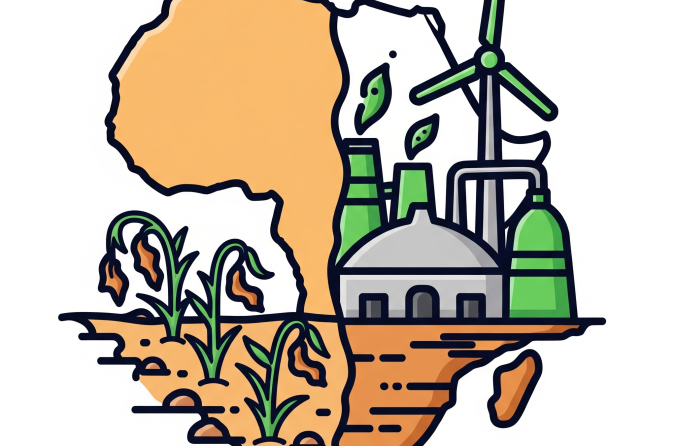Bioenergy in Africa: Challenges and Opportunities for Sustainable Growth
Bioenergy, primarily from firewood and charcoal, powers over half of Africa’s energy needs, with Sub-Saharan Africa relying on it for more than 80% of its energy supply for cooking, heating, and agricultural processing. However, as the continent’s population grows, this dependence drives agricultural land expansion at the expense of forests, biodiversity, and natural resources, posing a global challenge.
Key Stat
Over 80% of Sub-Saharan Africa’s energy comes from traditional biomass, contributing to deforestation and health risks from household smoke pollution.
Environmental and Social Impacts
The heavy reliance on bioenergy, especially charcoal for urban markets, often outstrips sustainable wood supply, leading to deforestation and land degradation. Cooking on open fires is highly inefficient and poses severe health risks—thousands of Africans die prematurely each day from household smoke pollution. Moreover, agriculture’s expansion to feed a growing population consumes 72% of the continent’s freshwater and 50% of its habitable land, exacerbating environmental strain.
Challenges in Transitioning to Modern Energy
Africa has the world’s lowest per capita use of modern energy, making the transition to cleaner alternatives a priority. While investments in energy efficiency—like improved cookstoves and cleaner fuels such as liquefied petroleum gas (LPG)—offer solutions, recent LPG price spikes have pushed many households back to traditional biomass. Balancing affordability, sustainability, and environmental impact remains a significant challenge as energy demand rises.
Pathways to Sustainable Development
Initiatives across Africa are increasing access to sustainable bioenergy sources, reducing the burden on women who traditionally manage household energy needs. Projects focus on:
- Sustainable access to wood and charcoal through reforestation and community forestry.
- Using agricultural residues, municipal waste, and non-food crops to produce bioenergy without competing with food production.
- Adopting technologies like improved biomass cookstoves, electric cooking, biodigesters, and biofuels from energy crops such as sugarcane.
These approaches aim to combat deforestation, land degradation, and desertification while supporting rural development and broader sustainability goals. However, they must be carefully balanced to avoid impacting food security.
The Future of Bioenergy in Africa
To fully harness bioenergy’s potential, Africa must integrate sustainable practices into its energy sector while protecting natural resources. Collaborative efforts, supported by international investment, are essential for inclusive growth. With vast solar resources, renewables like solar PV are expected to play a leading role in Africa’s future energy systems, complementing sustainable bioenergy initiatives.
For a deeper understanding, explore publications by the International Energy Agency, the Food and Agriculture Organization of the United Nations, and the International Renewable Energy Agency.
Learn More About Bioenergy
